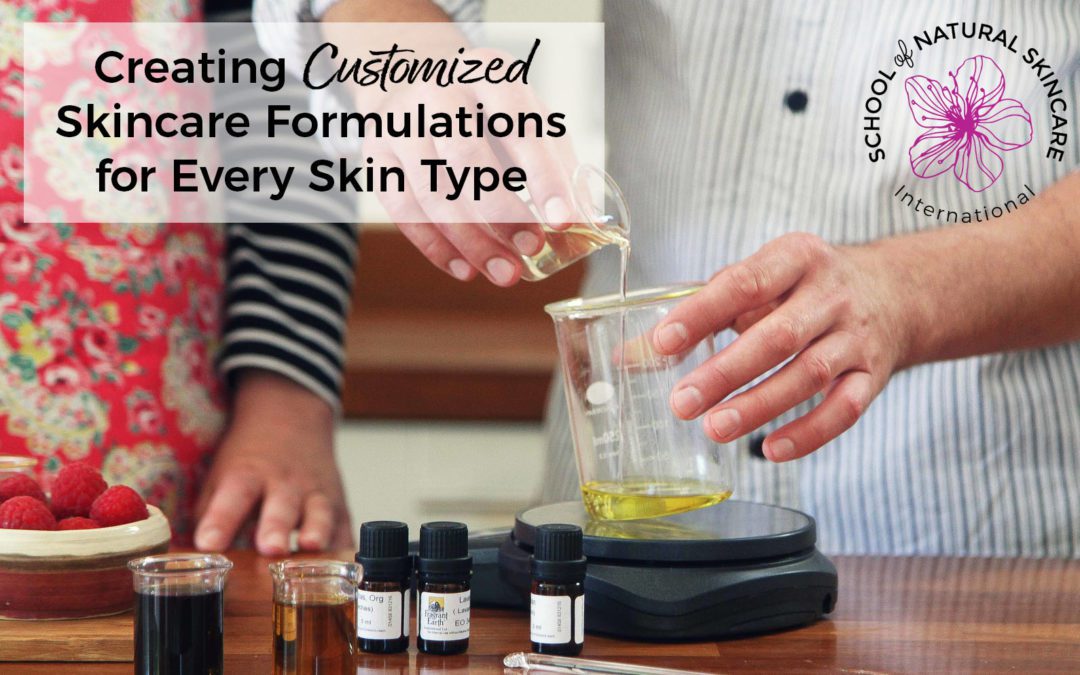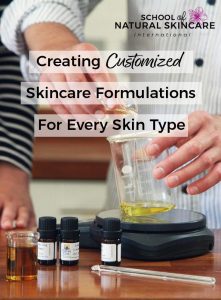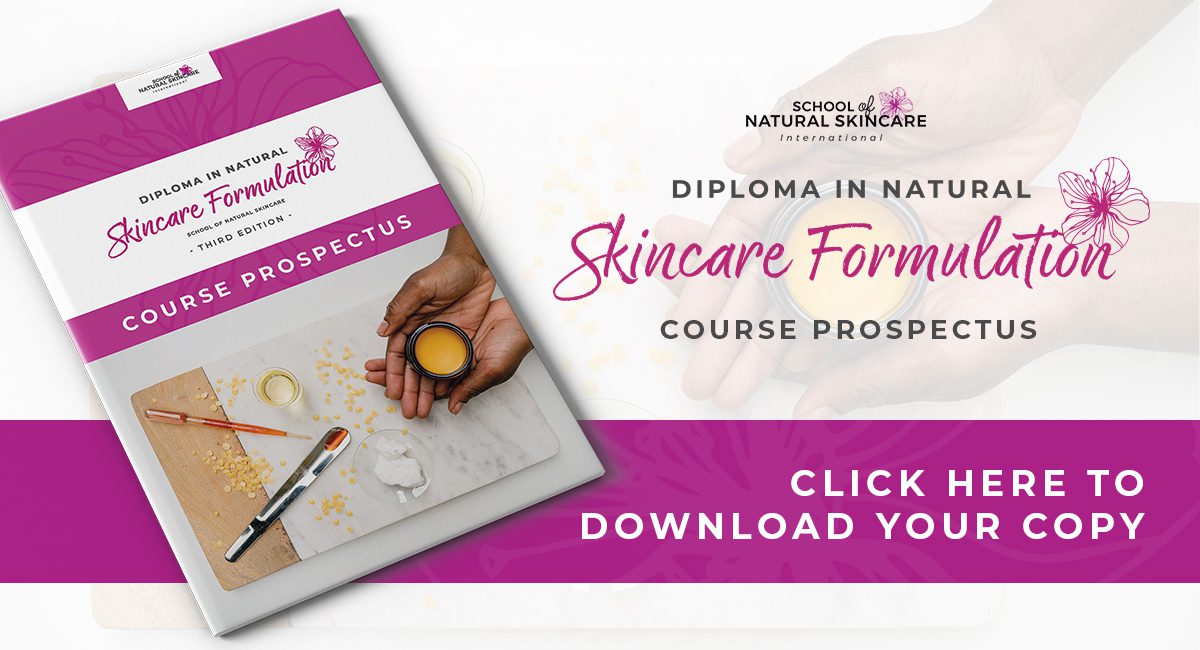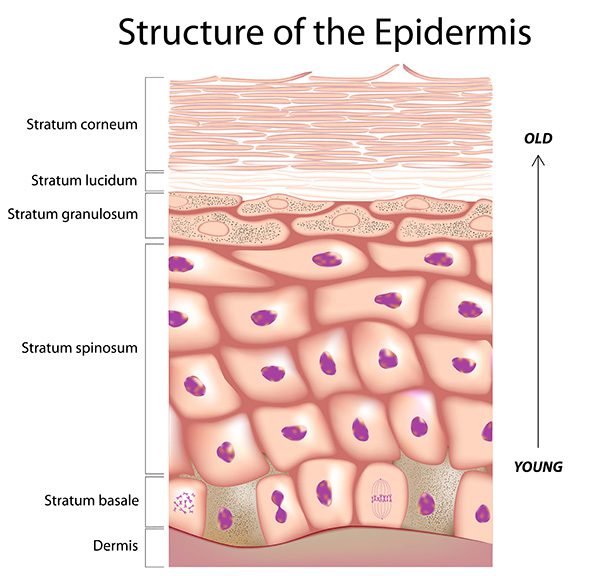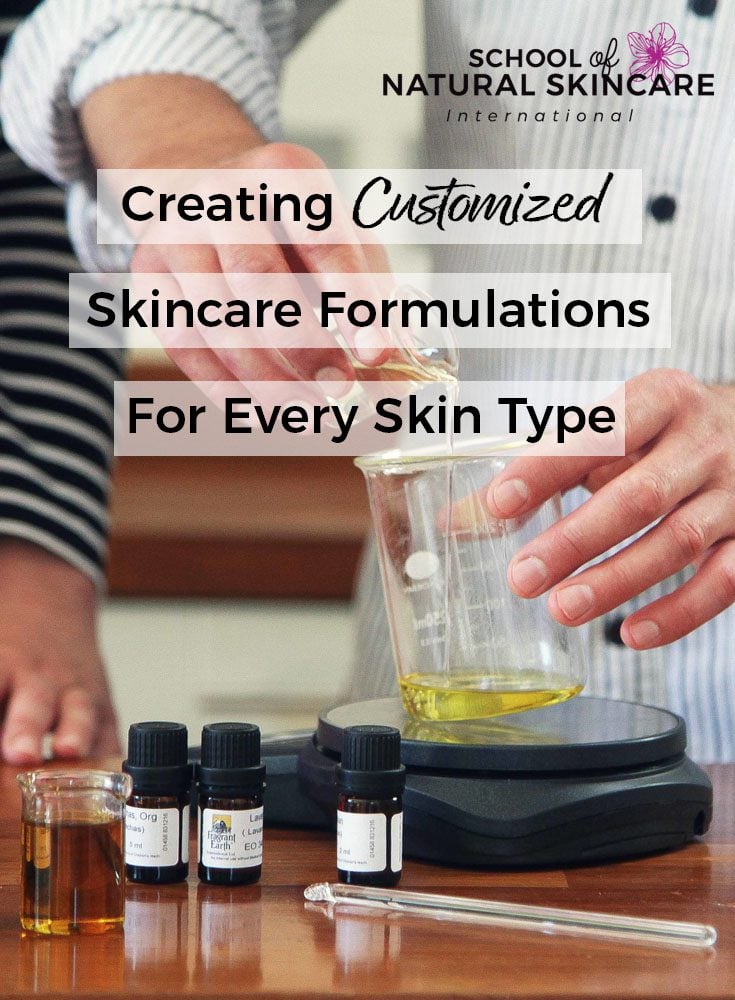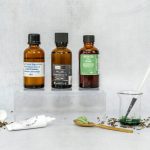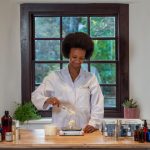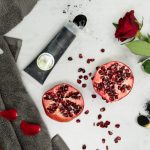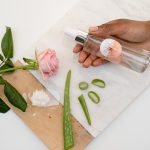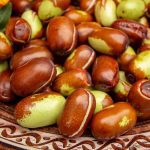One of the messages you’ll often hear us convey is the importance of creating your skincare products with the user in mind. This user could be yourself, someone you know, or they could be your ideal customer, but either way, you’ll want to create something tailored to the needs and desires of the person who’ll be using the product. The most obvious way to do this is to create a product suited to the user’s skin type.
Two factors to consider when doing this are the type of product you’ll make and the ingredients you’ll use.
In last week’s post, we shared just some of the things to consider when choosing the right carrier oil for a project. As with every ingredient, different carrier oils provide different benefits and properties, and affect your finished product in different ways. Together, all of the ingredients you choose for your formulation fit together to create an overall effect on the skin. And by designing your products with the end user in mind, you can make the best selections to create the very best results.
But how do you do that?
Many people start out creating skincare products for themselves, or for a loved one; usually, there’s a specific need or challenge that prompts this desire. Often times, we know our own skin type best, so that’s what we start with. We’ve all heard of dry, oily, combination, and other skin types. We might vaguely know that dry skin can be sensitive and oily skin can be acne-prone, but what do those terms mean when it comes to product formulation?
To better understand this, let’s first talk a little bit about what skin is, and how it functions.
What is a Skin Type?
Our skin is the largest and most important organ on our bodies. It is also the fastest growing. And besides all of the practical functions it serves, in terms of literally keeping us together and protecting our tender bits, the skin regulates temperature, provides a barrier from environmental and chemical hazards, and even works as a part of our immune system. With a combination of non-living cells and lipids, the outermost layer of the skin works to prevent external substances and irritants from coming in, as well as preventing loss of water.
If that barrier is functioning properly, then water and our other natural moisturizing factors are retained, and the skin looks and feels smooth and healthy. But if it’s not, then the symptoms which characterize oily or dry skin emerge.
These imbalances can happen as a result of damage to the skin, hormones and hormonal changes, age, weather and sun damage, and all sorts of factors. Most people tend to some small degree in one of these directions, and some can have oily areas as well as and dry areas; this is what’s called combination skin.
Formulating with Skin Type in Mind
Once you understand how the skin works, how it’s meant to function, and the ways it can be damaged or thrown out of balance, you can then begin to choose ingredients which correct these imbalances and repair skin function. First, a little refresher on what types of ingredients are typically found in a formulation:
- Emollients, which smooth and soften the skin (e.g. Carrier oils and butters)
- Occlusives, which serve as a barrier to block water escaping from the skin (e.g. Shea butter or jojoba oil)
- And Humectants, which hydrate by attracting water to your skin. (e.g. Glycerin)
Apart from those ingredients, which are most pertinent to today’s post, the remainder work to maintain safety and product stability, and we’ve discussed many of them throughout past articles:
- Emulsifiers combine oil and water and prevent separation.
- Thickeners and stabilizers helps prevent separation and thicken product.
- Preservatives kill microorganisms and preserve the life of your product.
- Antioxidants slow down oxidation process of oils and butters, and prolong the shelf life of anhydrous (oil soluble) ingredients
Let’s look at how to customize a lotion for each skin type, considering the function and purpose of each component, in relation to that skin type’s needs.
Dry Skin
Dry skin has a damaged lipid barrier, which makes it harder for the skin to retain moisture. It is characterized by flaky, itchy, and sensitive skin, which looks dull or red. Because of the lack of water and oil within the skin, dry skin often lacks elasticity, and shows fine lines and wrinkles more prominently. This skin type needs products which moisturize deeply and soothe, and work towards balancing healthy skin function.
The ideal moisturizing cream or lotion for dry skin is a cream or thicker lotion, using richer emollients, such as argan, avocado, shea, or macadamia oils.
The ideal moisturizing cream or lotion for this skin type is a cream or thicker lotion, using richer emollients, such as argan, avocado, shea, or macadamia oils. You’ll want to include an occlusive, such as lecithin, or beeswax. Cocoa butter is a great choice, as it functions both as an occlusive as well as an amazing emollient. Humectants are also a must. And you’ll also want to consider which extracts and other specialized ingredients will help with sensitivity, fine lines, and dull texture.
Oily Skin
Oily skin is characterized by precisely what it says on the tin: A visible overproduction of oil, resulting in shiny, waxy looking skin. Whether caused by genetics, hormones, overall health or environmental causes, oily skin can often be prone to breakouts. Oily skin can also tend to look textured and rough, if the pores are enlarged as well.
When creating a product for oily skin, you’ll likely want to create a formulation with a lighter skin feel and thinner texture, like a lotion, gel-cream or facial milk.
Instead, oily skin needs smart solutions. When creating a product for oily skin, you’ll likely want to create a formulation with a lighter skin feel and thinner texture, like a lotion, gel-cream or facial milk. These formulations typically include a higher percentage of water and lighter emollients, such as pomegranate oil, camellia oil, jojoba oil, or squalane. You would want to choose a emulsifier that creates a product with a lighter, non-greasy skin feel, and carefully select the type and quantity of thickener/stabilizer you use.
In addition choosing essential oils and extracts that suit the skin type, will create a product that helps oily skin come back into balance and health.
Conclusion
There are, of course, other skin types and skin concerns besides these—combination skin, aging and mature skin, sun-damaged skin, just for a few examples. The overall idea is that you can be much more effective in formulating for specific results, once you understand how skin functions, and what each ingredients are capable of doing.
Our Diploma in Natural Skincare Formulation coursework includes formulation templates, which makes customizing your formulation to suit different skin types easy. We also have a whole Module on skin anatomy and physiology that provides more in-depth and specialized information that you can study at your own pace. Armed with this knowledge you’ll be able to easily customize your skincare products for a wide range of skin types.
FREE GUIDE:
The Beginner’s Guide to Formulating Natural Skincare Products (From scratch, like a professional!)
Start creating your own natural skincare products
from scratch – rather than simply following recipes!
Exclusive for our newsletter subscribers. Sign up now.
Download this fabulous guide and you’ll learn:
- What formulating is and why you need to be doing it!
- The difference between following recipes and formulating your own products.
- How to formulate like a pro! Seven top tips for becoming a confident skincare formulator.
- Our step-by-step process to designing products people love.
- Four easy ways to personalize your skincare products.
- Choosing the right carrier oils for your beauty products.
PLUS: Receive two free worksheets!
Love this blog post? Save this image below on Pinterest so you can be sure to remember!

